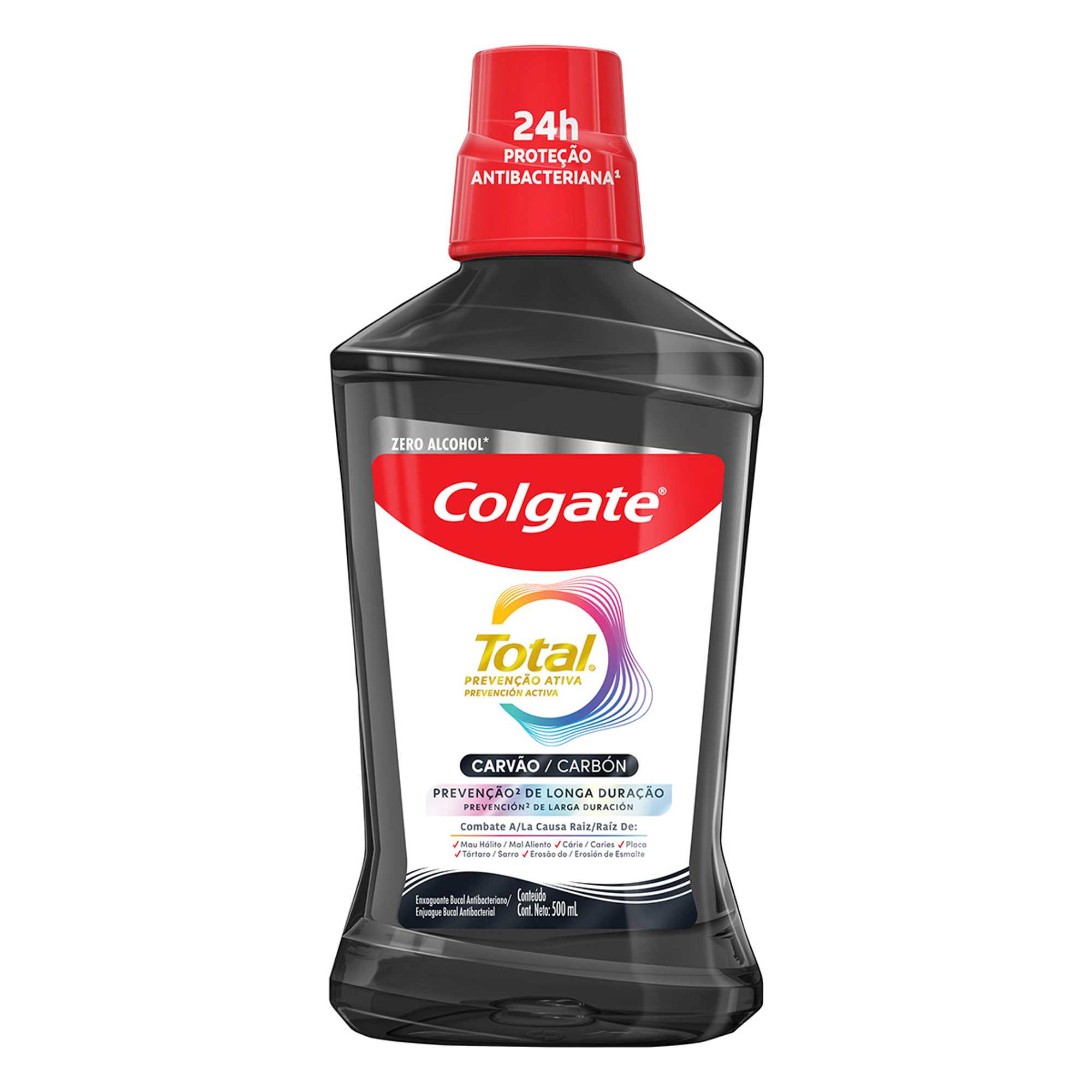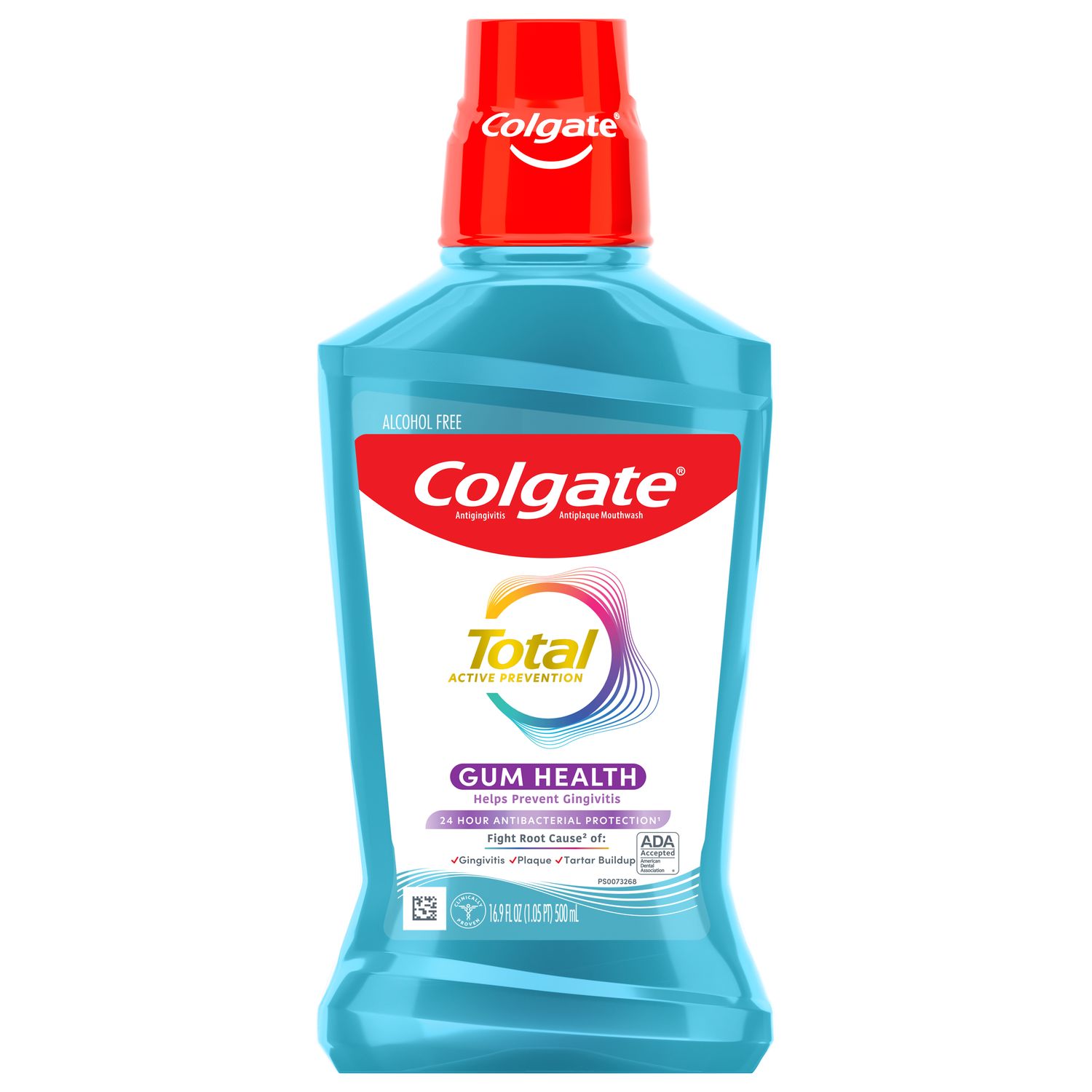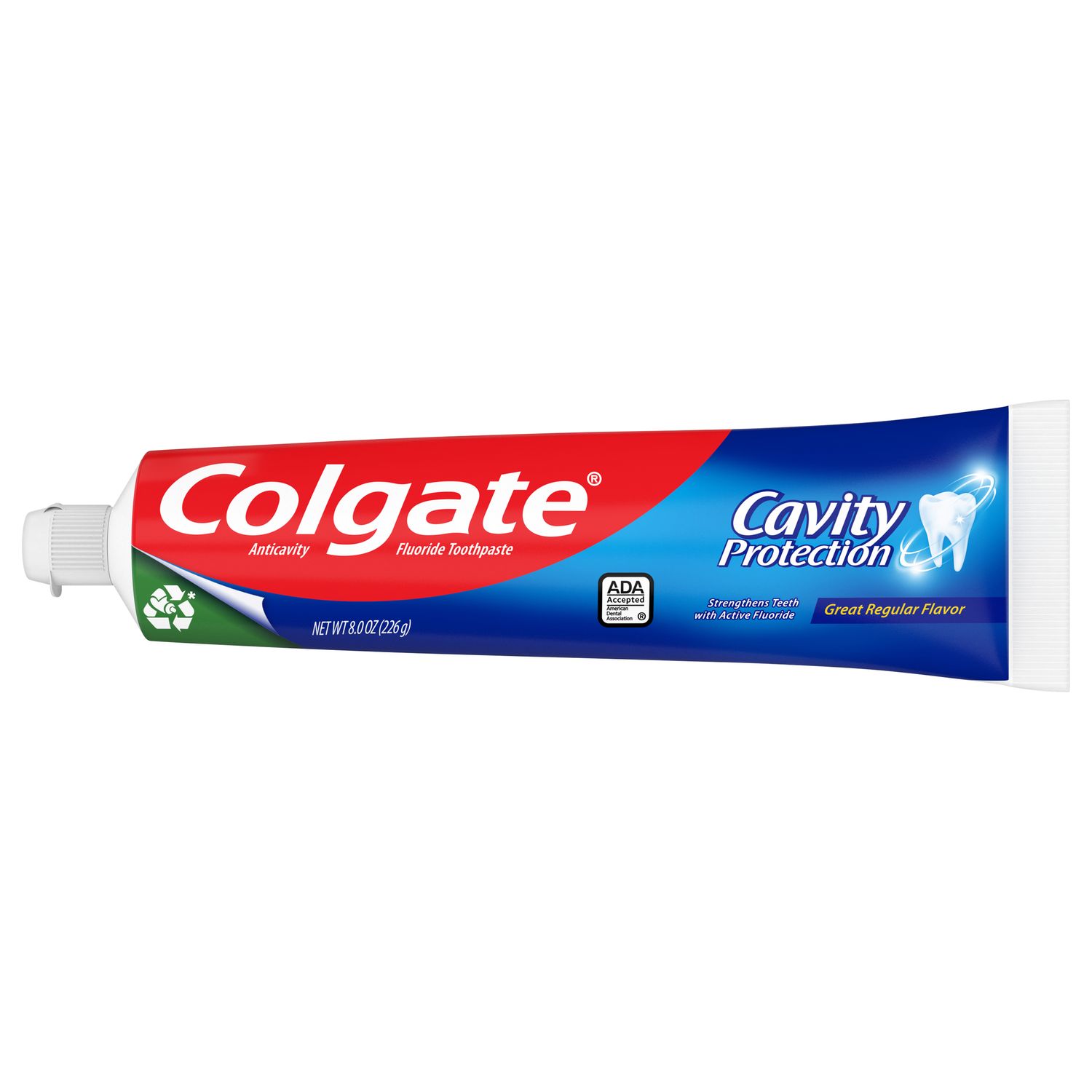What Is the Distal Tooth Surface?
The American Dental Association defines the distal tooth surface as the “surface or position of a tooth most distant from the median line of the arch.” The median line is located on the vertical axis of your face, between your central incisors. So distal tooth surfaces are those that are away from this line.
How Do You Keep the Distal Surfaces of Teeth Clean?
A good oral care routine should consist of brushing all your teeth twice a day and cleaning between all your teeth daily with floss, a water flosser, or another interdental device.
Do you have a hard time reaching the distal surfaces of your teeth, especially the ones at the back? It can be tricky to maneuver your hands to floss between your teeth at the back of your mouth. Ask your dentist or dental hygienist for tips and strategies to reach all your teeth during your daily oral care routine.
If you’re struggling to use traditional floss, it might be time to consider alternative flossing methods. Water flossers provide a steady stream of water that removes plaque and food stuck between your teeth. It’s your choice what type of interdental cleaner you use, as long as you use one, and ensure that you’re using it correctly.
Consequences of Neglecting the Distal Tooth Surfaces
So what happens if you don’t properly clean your distal tooth surfaces? Unfortunately, you might experience tooth decay.
Your teeth are covered with a sticky biofilm, commonly known as dental plaque. This biofilm contains bacteria that release acids when coming into contact with a meal or snack that contains sugars. These released acids attack tooth enamel. The MouthHealthy notes that repeated attacks can cause dental caries, commonly known as cavities. It’s essential to remove plaque daily by brushing every tooth surface. A buildup of plaque can also result in gum disease, so cleaning between every tooth with floss, water flossers, or other interdental cleaners is also crucial.
While it can be hard to reach the distal tooth surfaces, they are especially susceptible to food and plaque buildup. In fact, a report in Dental Anatomy notes that impacted third molars tend to accumulate plaque against the distal surfaces of second molars. This can result in distal cervical caries.
Your oral care routine needs to involve all of your teeth and every tooth surface. Don’t forget the distal tooth surfaces of every tooth, including the ones at the back of your mouth! And if you’re ever struggling with reaching these surfaces, don’t hesitate to check with your dentist or dental hygienist. With their assistance, your smile will continue to be bright.
Oral Care Center articles are reviewed by an oral health medical professional. This information is for educational purposes only. This content is not intended to be a substitute for professional medical advice, diagnosis or treatment. Always seek the advice of your dentist, physician or other qualified healthcare provider.
ORAL HEALTH QUIZ
What's behind your smile?
Take our Oral Health assessment to get the most from your oral care routine
ORAL HEALTH QUIZ
What's behind your smile?
Take our Oral Health assessment to get the most from your oral care routine















